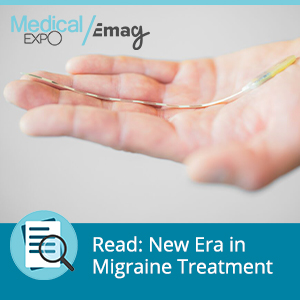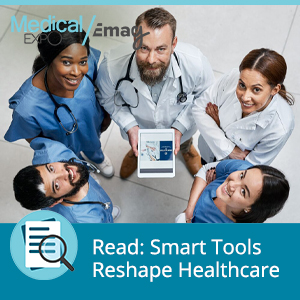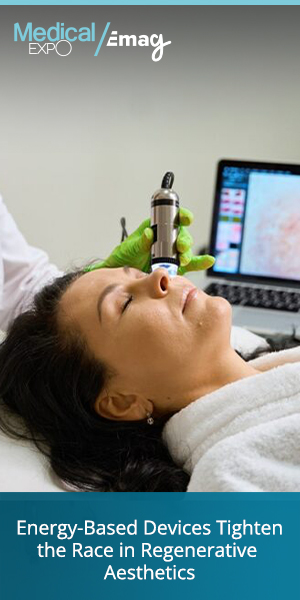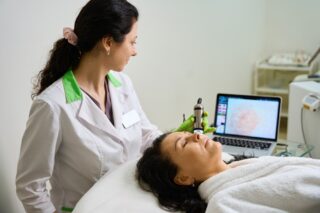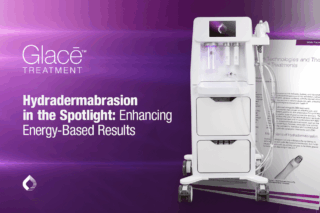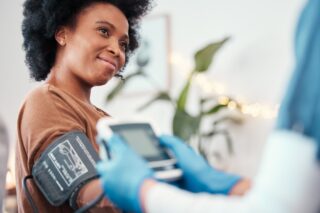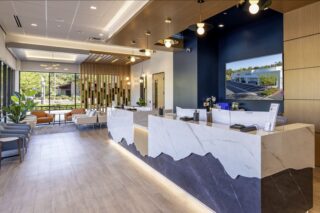Scientists in the UK are developing a new wound sensor to help reduce diabetes-related foot and leg amputation. The technology aims to deliver a step change in the care of chronic wounds and reduce the healthcare costs for wound management in people with diabetes-related foot ulcers.
Hospital patients in the UK are the first to trial the smart wound dressing, which is embedded with optical fiber sensors to assess whether tissue is healing or infected. The fiber sensors in the dressing are able to detect changes in humidity, temperature, pH and pressure, which indicate if a wound has become infected or is not healing as it should be.
This information is relayed through an optical-electro unit which will raise the alarm without the need for a healthcare professional needing to physically look at the wound, which in turn reduces the risk of further infection from exposure.
A clinical trial is currently taking place involving ten patients with diabetes-related foot ulcers. They will have the dressings applied and monitored on a fortnightly basis for a total of eight weeks per patient. During appointments, the wounds will be assessed and the smart dressing applied for up to one hour under observation while measurements are taken.
Professor Fran Game, a consultant diabetologist and clinical director of research at the University Hospitals of Derby, said:
“Knowing very quickly that wound healing had stalled, or an infection had developed, would mean that we could commence appropriate treatments much more promptly which would improve outcomes.”
Hard-to-heal diabetes-related foot ulcers and wounds represent a significant cost to health services across the world. In the UK, wound management costs stand at €9,6 billion a year is spent on wound management costs, which is more than 4% of the total national health service budget. If left untreated, ulcers and wounds can cause foot and leg amputations.
Researchers at the University of Nottingham in England received a €1 million grant from the Medical Research Council to develop the technology which is being tested at two public hospitals.
Professor Steve Morgan, Co-Director of the Center for Healthcare Technologies and Professor of Biomedical Engineering at the university, said:
“Currently, regular wound redressing is the only way to visually assess healing rates, which can be detrimental as it can encourage infection and disrupt progress. Not to mention the resulting economic burden on NHS resources.”
Professor Morgan continued:
“This has the potential to indicate the optimum time for changing the dressing and could alert clinicians about whether an intervention is required for an infected or slow-healing wound.
If successful, the impact would be a reduction in the number of healthcare appointments along with improved patient care.”

The dressing will cost more than standard wound dressings but the researchers say this upfront expense will be offset by much greater savings to health services due to fewer dressing changes or clinical visits and a reduced healing time.
Dr David Gomez, assistant professor in medical devices at the University of Nottingham, said:
“Even a ten per cent reduction in costs associated with visits and appointments would provide significant annual savings of approximately €346 million for the NHS, but this is just one of the elements we’re looking to achieve through this research.
If we’re able to generate a better understanding of ulcer healing and monitoring, we should be able to drastically reduce the number of amputations for future patients, because intervention when a wound gets infected will be quicker and more accurate, and usher in a new approach to chronic wound care.”


